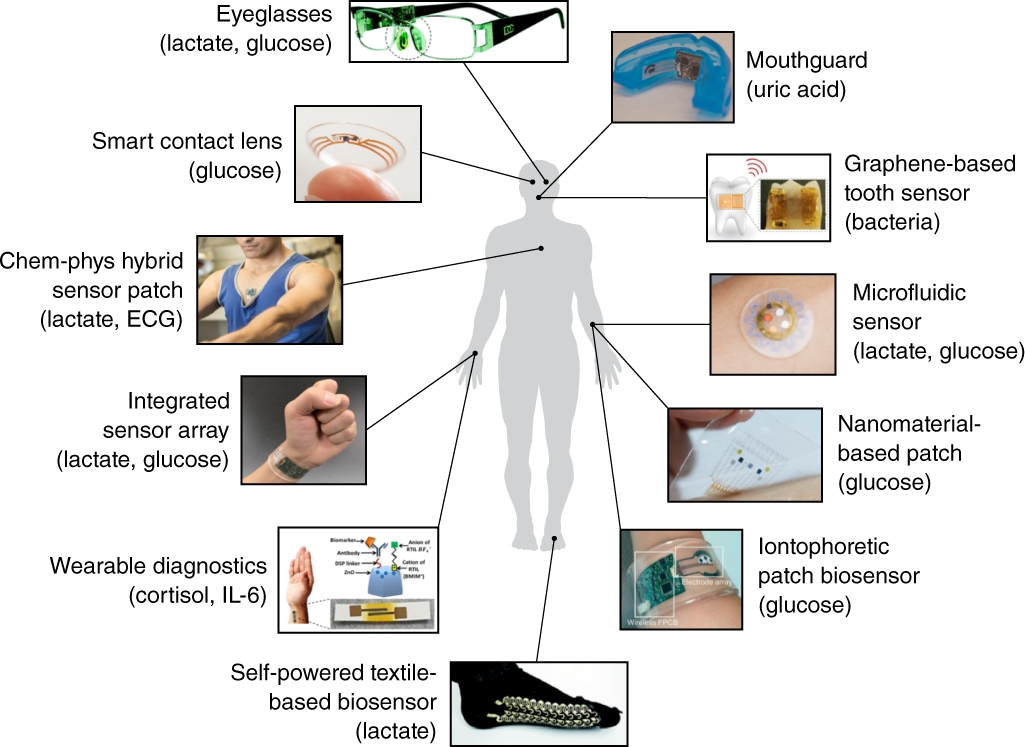1. Introduction to Smart Skin and Wearable Technology
Smart skin and wearable technology have revolutionized personal electronics by integrating advanced materials, artificial intelligence, and biometric tracking. From fitness trackers to medical wearables, the industry is evolving to provide more customizable, responsive, and adaptive solutions. The concept of "customizable evolution" in smart skin refers to materials that can change properties based on user needs, environment, or health data.
Smart skin and wearable technology integrate advanced sensors into flexible, lightweight materials, enabling real-time health monitoring, enhanced user interaction, and improved athletic performance. These innovations are transforming industries like healthcare, fashion, and sports by providing seamless biometric tracking, adaptive interfaces, and personalized experiences, paving the way for more connected and intelligent living.
Smart skin enhances wearable technology for seamless health and performance tracking.

2. The Science Behind Customizable Smart Skin
The core of smart skin technology lies in flexible electronics, nanotechnology, and bioengineered materials. Innovations include:
-
Self-healing polymers that repair themselves when damaged.
-
Temperature-sensitive fabrics that adjust insulation levels.
-
Shape-memory alloys that adapt to movement and fit.
-
Electrochromic textiles that change color based on electrical signals.
These technologies enhance not only comfort but also functionality and efficiency in wearables. The integration of AI-driven sensors allows smart wearables to analyze and predict user needs, making the technology even more personalized and intuitive.

3. Applications in Fashion and Adaptive Clothing
Wearable technology is making significant strides in fashion and clothing design, enabling garments that can change aesthetics, temperature regulation, and fit dynamically. Key innovations include:
-
E-textiles with embedded sensors for fitness and wellness tracking.
-
Mood-responsive clothing that shifts color based on emotions or biometric feedback.
-
3D-printed customizable wearables for high-fashion adaptability.
-
Sustainable smart fabrics that minimize waste and environmental impact.
Fashion designers and tech companies are collaborating to create personalized wardrobe experiences, where users can digitally alter their clothing’s texture and color with a smartphone app.

4. Healthcare Innovations: Wearable Biosensors and Skin Interfaces
Healthcare is one of the most promising fields for smart skin applications. Wearable biosensors, flexible implants, and real-time health monitoring systems are paving the way for proactive medical treatments.
Some breakthroughs include:
-
Smart bandages that monitor wound healing and dispense medication.
-
Bio-integrated sensors that track blood sugar, hydration, and heart rate.
-
Electronic skin (E-skin) that mimics human skin’s sensitivity to touch, temperature, and pressure.
-
Neuro-wearables that assist in rehabilitation for stroke patients.
These medical innovations are reshaping the way patients, doctors, and caregivers manage health conditions, offering real-time solutions tailored to individual needs.

5. The Future of Smart Skin: AI, Sustainability, and Beyond
Looking ahead, smart skin technology is set to become even more advanced, with AI-driven personal assistants embedded in wearable interfaces. Some exciting prospects include:
-
AI-powered fabrics that self-adjust based on weather conditions.
-
Sustainable bio-fabrics that decompose after use, reducing waste.
-
Augmented reality (AR) clothing that changes design in virtual spaces.
-
Advanced biometric security, where clothing acts as a personal authentication system.
With ongoing research in nanotechnology, artificial intelligence, and biotechnology, the concept of smart skin will continue evolving, offering seamless integration between technology and human experience.



You must be logged in to post a comment.